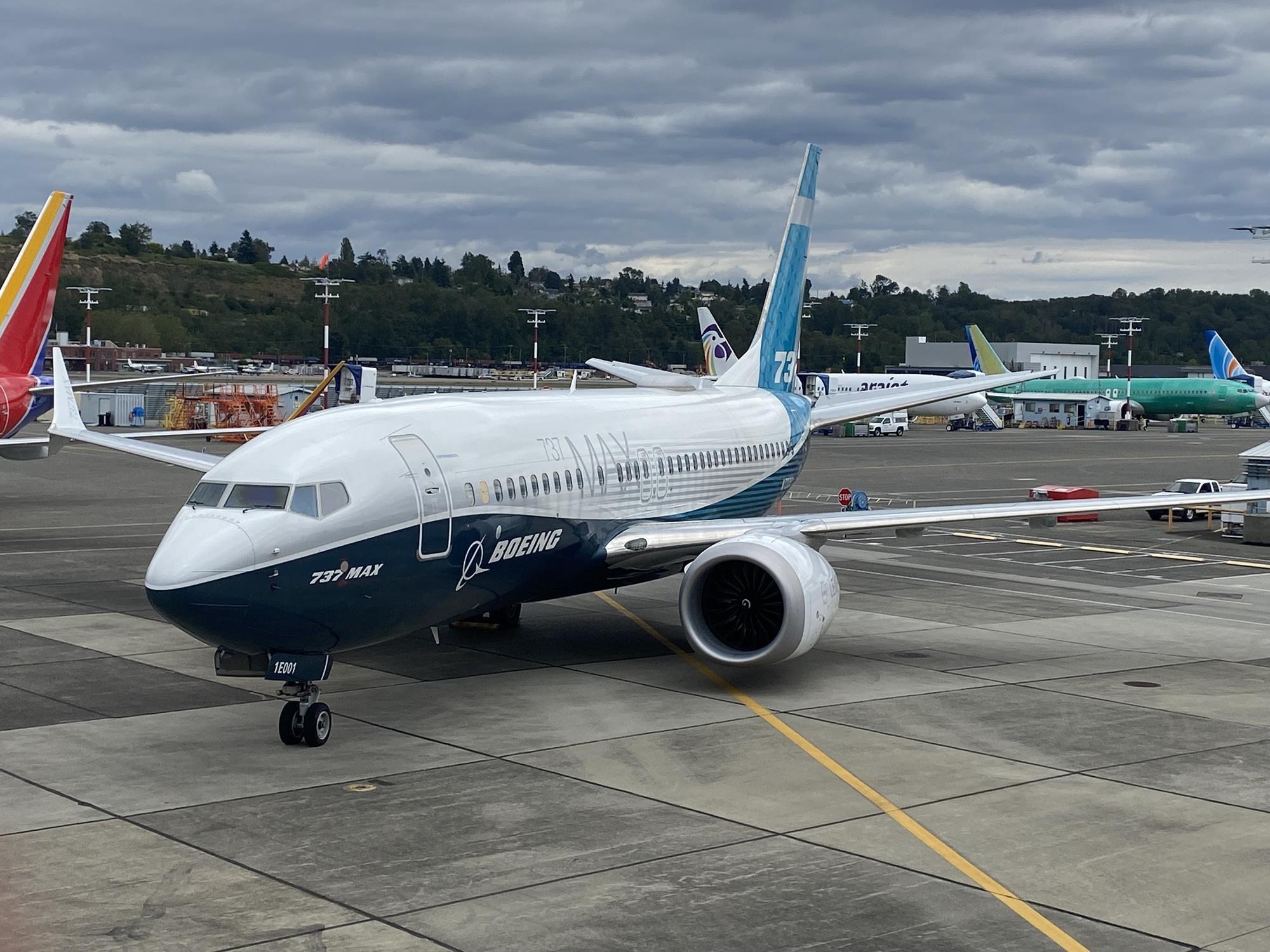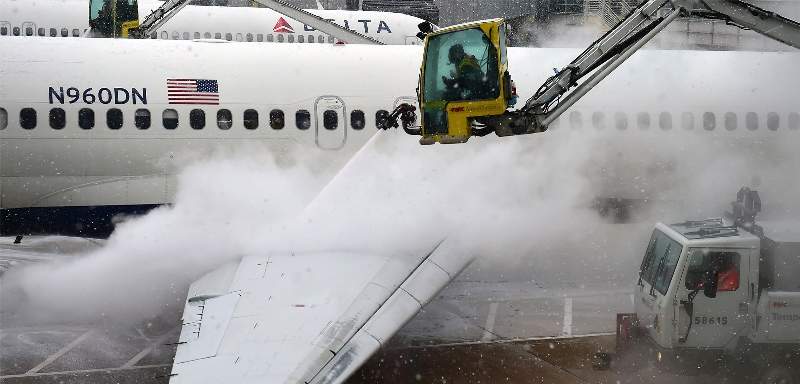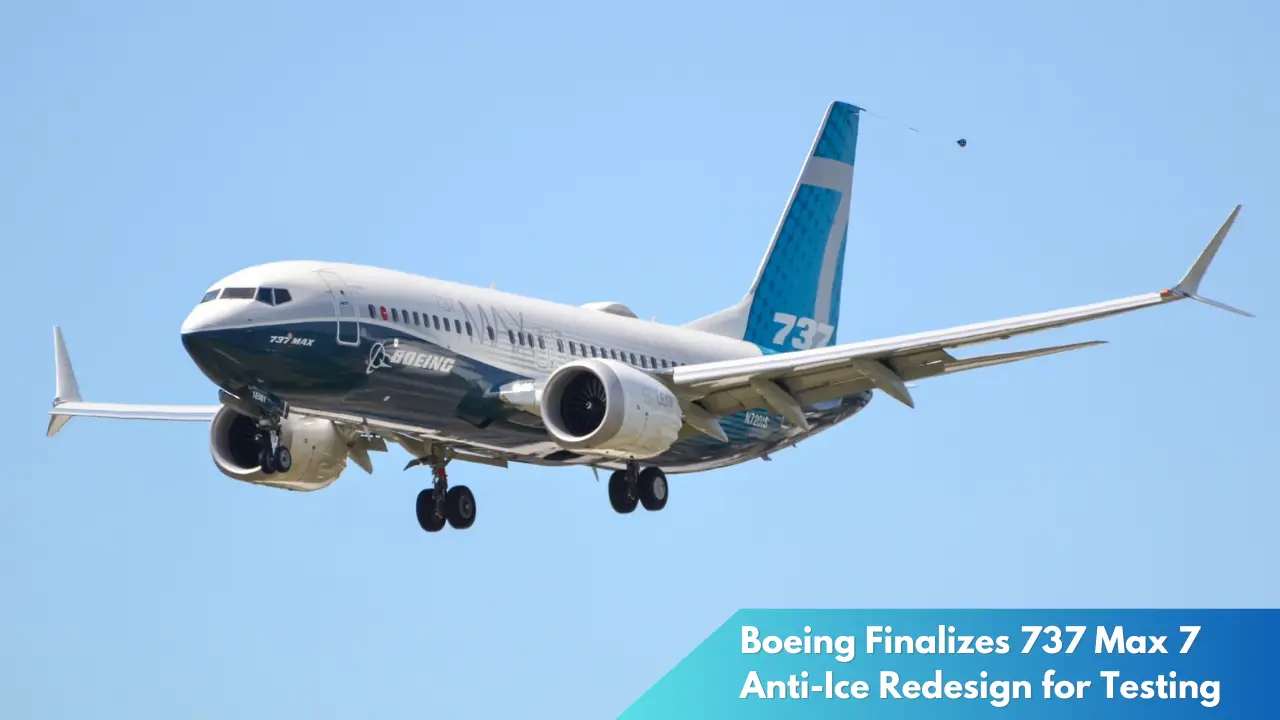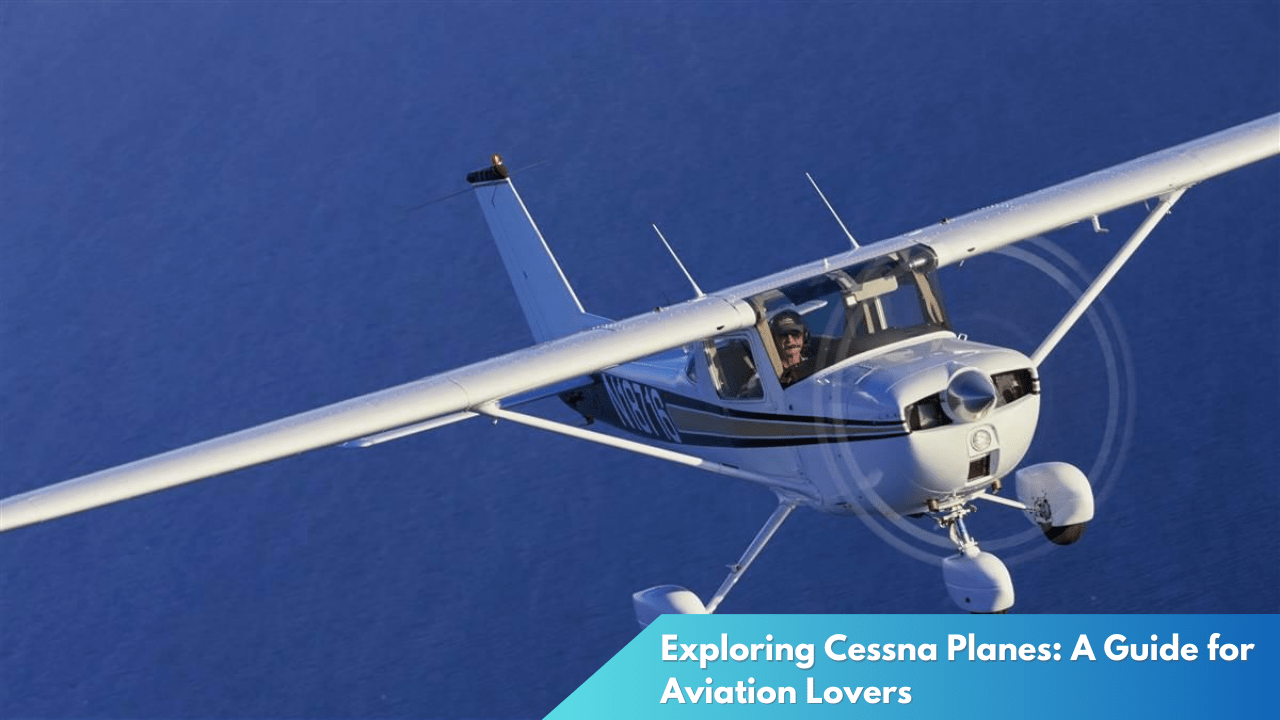Boeing Finalizes 737 Max 7 Anti-Ice Redesign for Testing
Boeing has announced the completion of a crucial redesign of the 737 Max 7’s anti-icing system. As the aerospace giant aims to enhance safety and performance, this milestone marks a significant step in ensuring the aircraft meets regulatory standards. With rigorous testing on the horizon, Boeing’s commitment to innovation and safety is evident in this latest development.
Boeing Completes 737 Max 7 Anti-Ice Redesign

Boeing has successfully finalized the redesign of the anti-ice system for its 737 Max 7 aircraft, a key modification aimed at addressing potential icing concerns and enhancing overall flight safety. The redesign focuses on optimizing the aircraft’s ability to prevent and manage ice accumulation on its wings and critical surfaces, a challenge that has long been a priority for aircraft operating in diverse climate conditions. This development comes as part of Boeing’s continuous improvement program aimed at refining the 737 Max series, which has faced intense scrutiny in recent years.
The intricacies of the new anti-ice design involve state-of-the-art technology that ensures the aircraft can efficiently handle ice formation during flight. The design incorporates advanced sensors and heating elements that work in tandem to detect and mitigate ice buildup. This system is particularly vital for the 737 Max 7, which operates in a wide range of environments, from the frigid conditions of the northern hemisphere to the tropical climates where ice formation can still be an issue at high altitudes.
Boeing’s commitment to safety and innovation is underscored by this redesign effort. The company has worked closely with aviation regulators to ensure that the updated anti-ice system meets stringent international safety standards. This collaborative approach not only aims to secure regulatory approval but also to restore confidence among airlines and passengers who rely on the reliability and safety of Boeing’s aircraft.
New Anti-Ice System Ready for Rigorous Testing

With the redesign phase complete, the new 737 Max 7 anti-ice system is now poised for an intensive period of testing, which will serve as a critical step before it can be integrated into the commercial fleet. The testing will cover a wide array of conditions to simulate the various ice formation scenarios the aircraft might encounter. This includes both ground-based and in-flight testing, ensuring that the system performs optimally under real-world conditions.
The testing process will involve collaboration with regulatory authorities to thoroughly evaluate the system’s effectiveness and reliability. Boeing has emphasized its commitment to transparency and adherence to safety protocols throughout this phase. The rigorous testing program will be pivotal in demonstrating the system’s capability to maintain safety standards, which is paramount for the aircraft’s future operations and market acceptance.
Industry experts are closely monitoring Boeing’s progress as the company works to overcome past challenges with its 737 Max series. The successful deployment of the anti-ice system could play a significant role in boosting Boeing’s standing in the aviation industry and among its clientele. Airlines and passengers alike are keenly awaiting the results of these tests, which will determine the readiness of the 737 Max 7 to safely navigate diverse and challenging weather conditions.
As Boeing prepares to test its redesigned anti-ice system for the 737 Max 7, the aviation industry watches with keen interest. This development represents a significant stride in Boeing’s ongoing efforts to enhance aircraft safety and reliability. The successful integration of this system could mark a new chapter for the 737 Max series, reinforcing Boeing’s position as a leader in aerospace innovation and safety.



